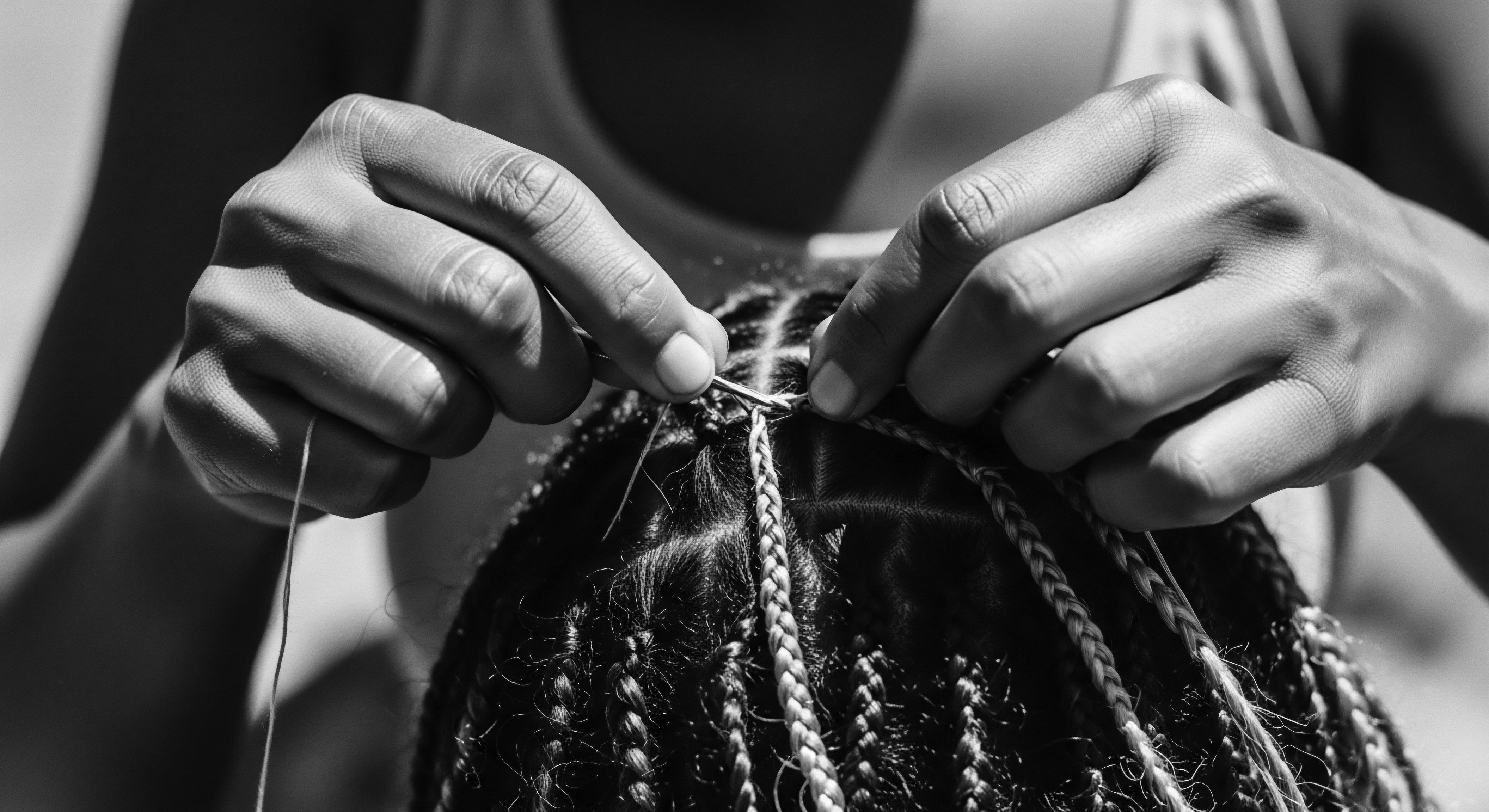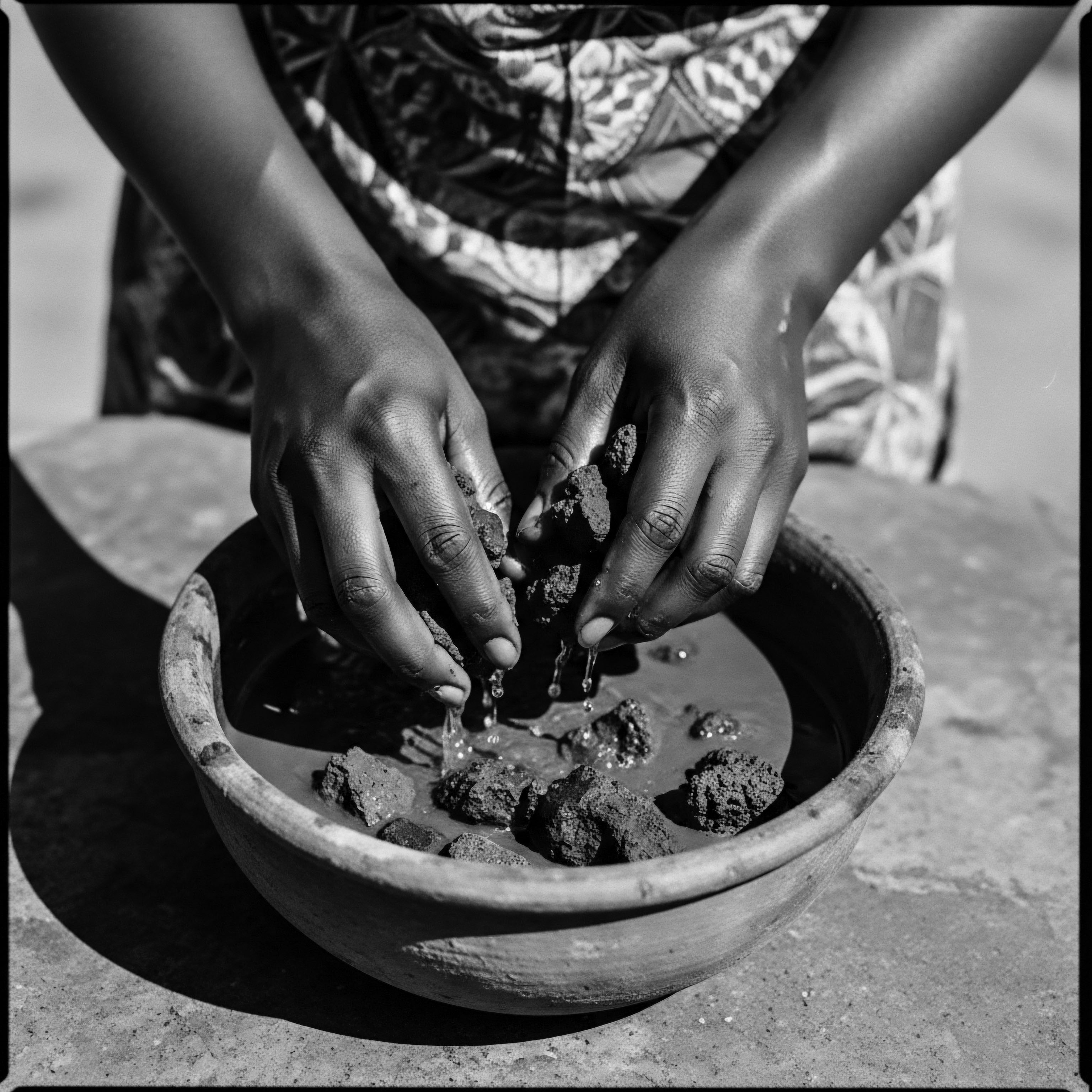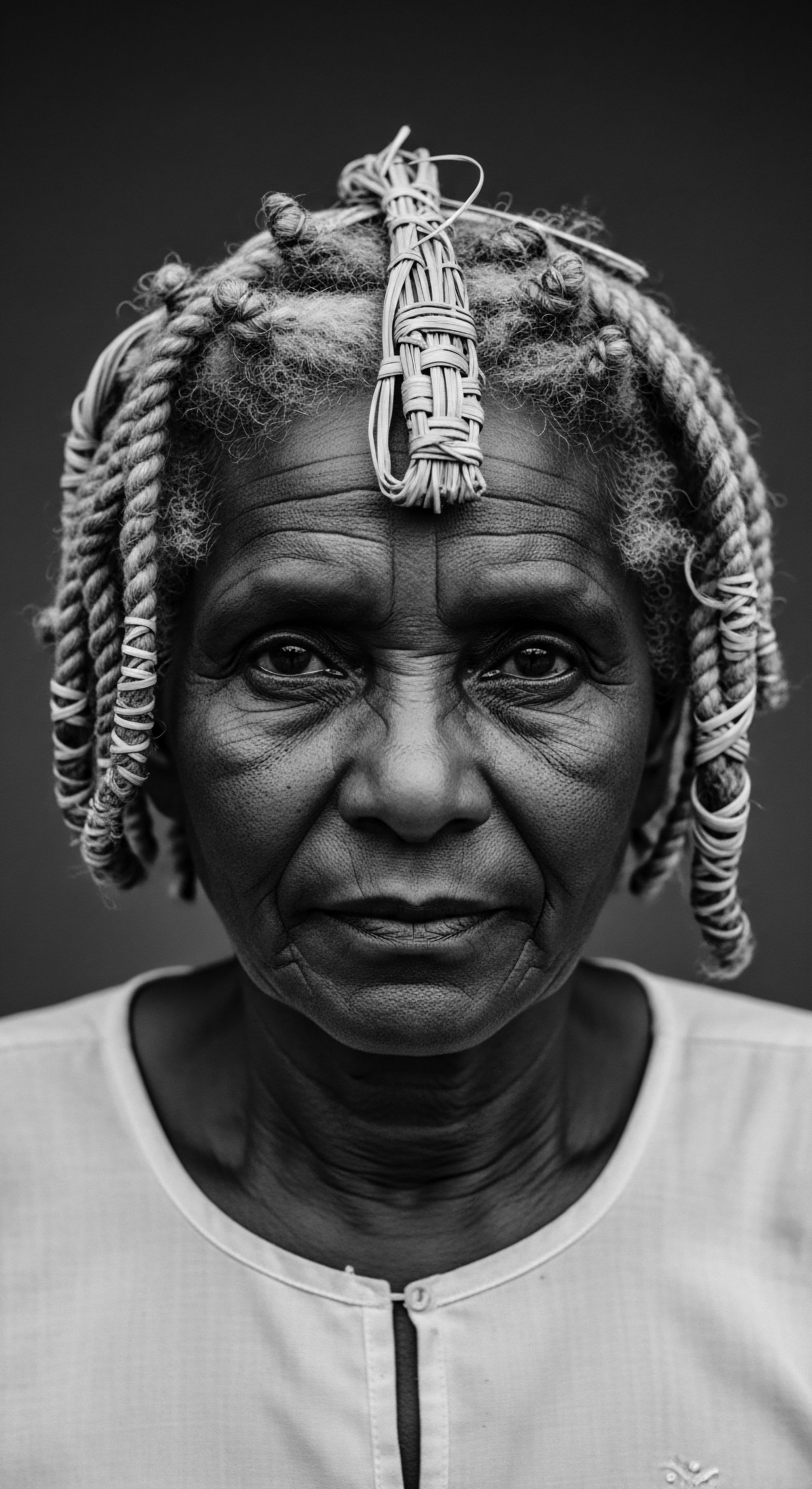
How do heritage methods add moisture to textured hair?
Heritage methods add moisture by utilizing natural emollients, humectants, and protective styling techniques passed down through generations.

Egyptian Botanical Remedies
Meaning ❉ Egyptian Botanical Remedies are ancestral plant-derived practices for hair care and well-being, deeply rooted in ancient Kemet's heritage.
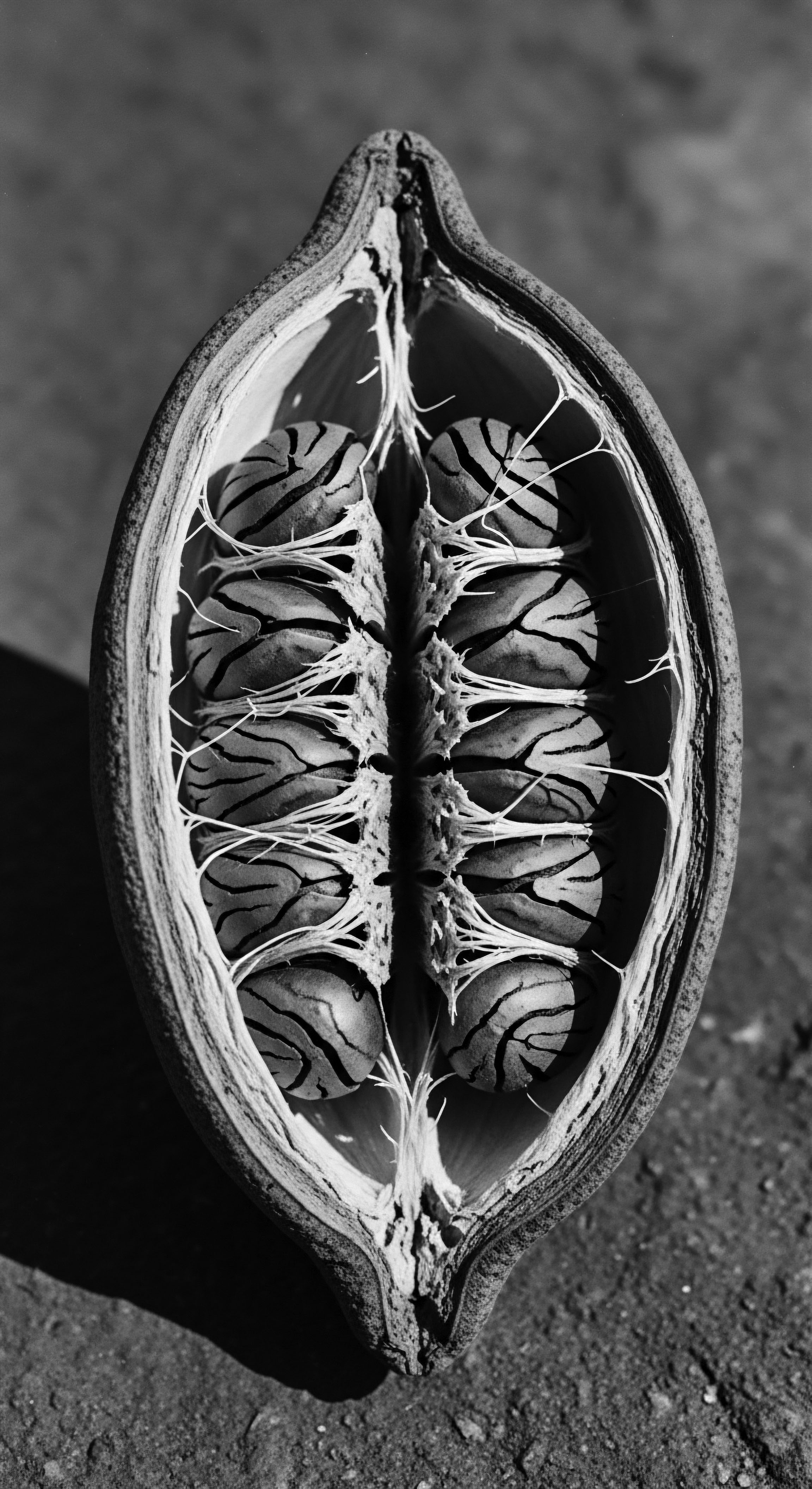
Plant-Derived Cosmetics
Meaning ❉ Plant-Derived Cosmetics use botanical elements for beauty and wellness, reflecting deep ancestral knowledge and cultural heritage in hair care.
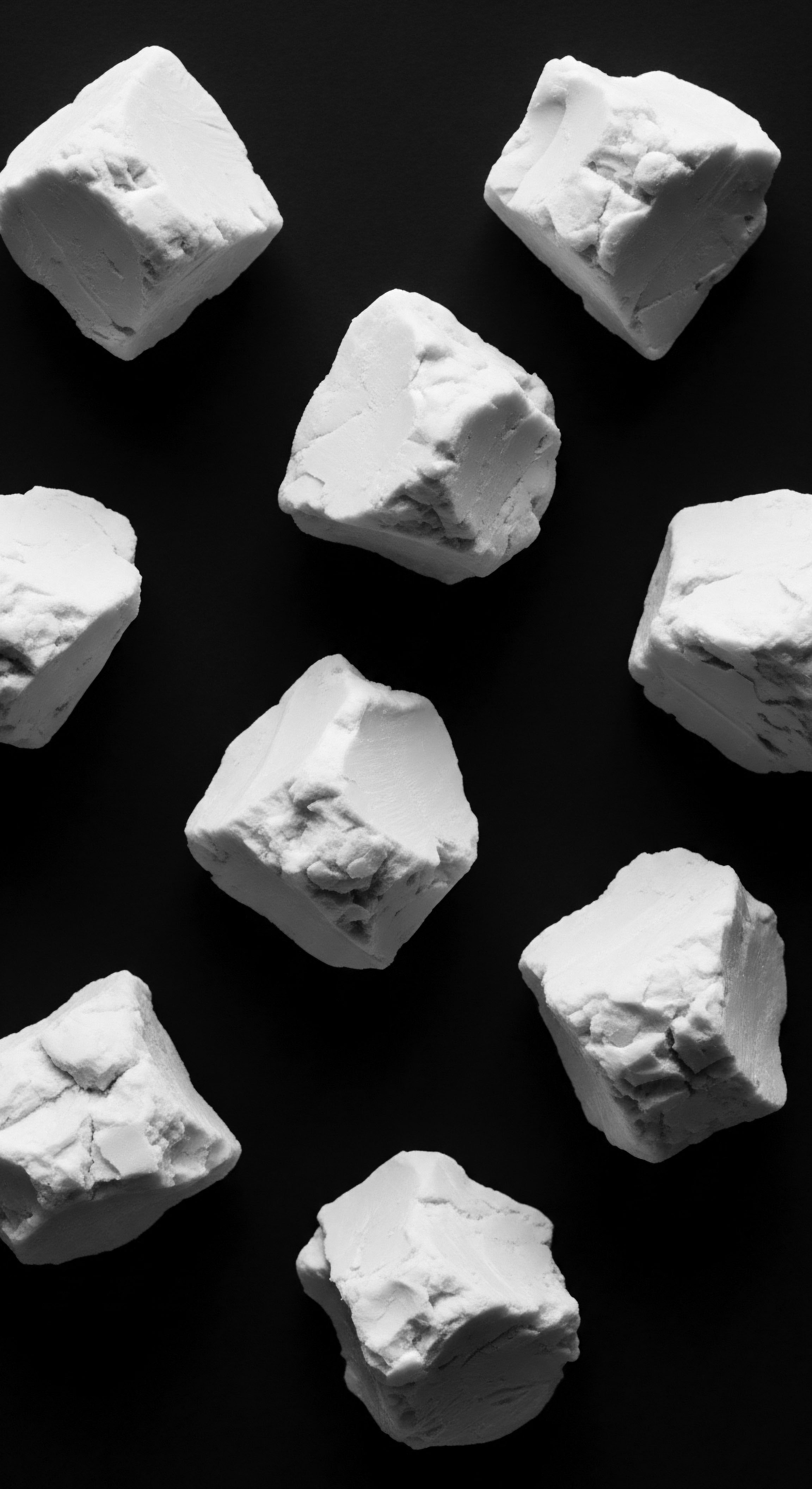
Can science explain traditional textured hair remedies?
Science affirms many traditional textured hair remedies, grounding ancestral wisdom in modern understanding of hair biology and ingredient efficacy.

Smooth Surfaces
Meaning ❉ Smooth Surfaces denote the optimal alignment of the hair's cuticle, symbolizing healthy, light-reflecting hair deeply rooted in heritage care.

Natural Hair Powders
Meaning ❉ Natural Hair Powders are finely milled botanicals, clays, or minerals, used historically for cleansing, conditioning, and strengthening hair.

Ginger Root Care
Meaning ❉ Ginger Root Care refers to the historical and scientific application of ginger to promote hair and scalp vitality within textured hair traditions.

Herbal Hair Rinses
Meaning ❉ Herbal hair rinses are plant-based infusions offering gentle conditioning, cleansing, and historical connection to textured hair traditions.
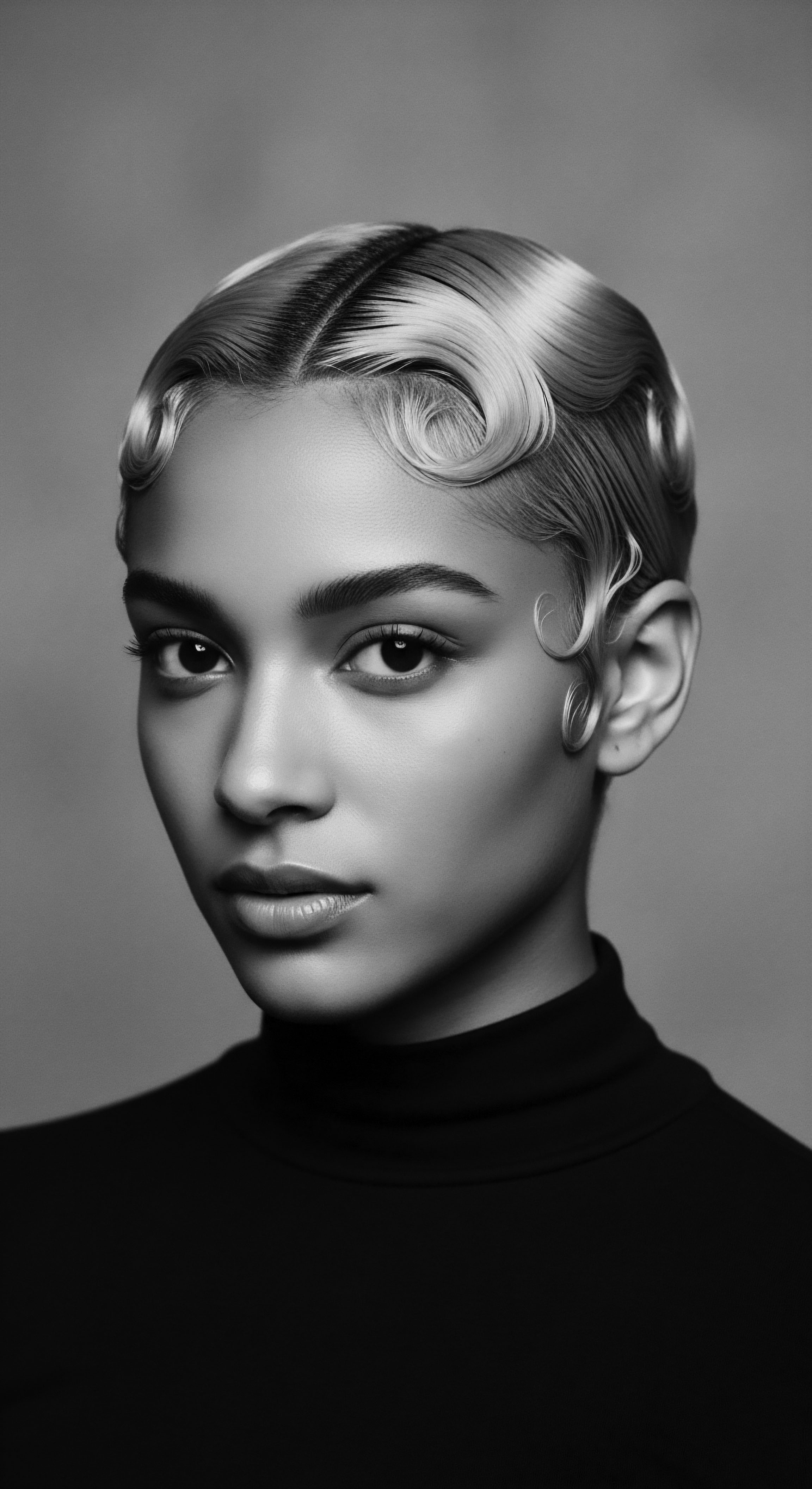
What historical acts link plant use to hair heritage?
Historical acts of plant use deeply link to textured hair heritage by providing traditional care, styling, and cultural identity.
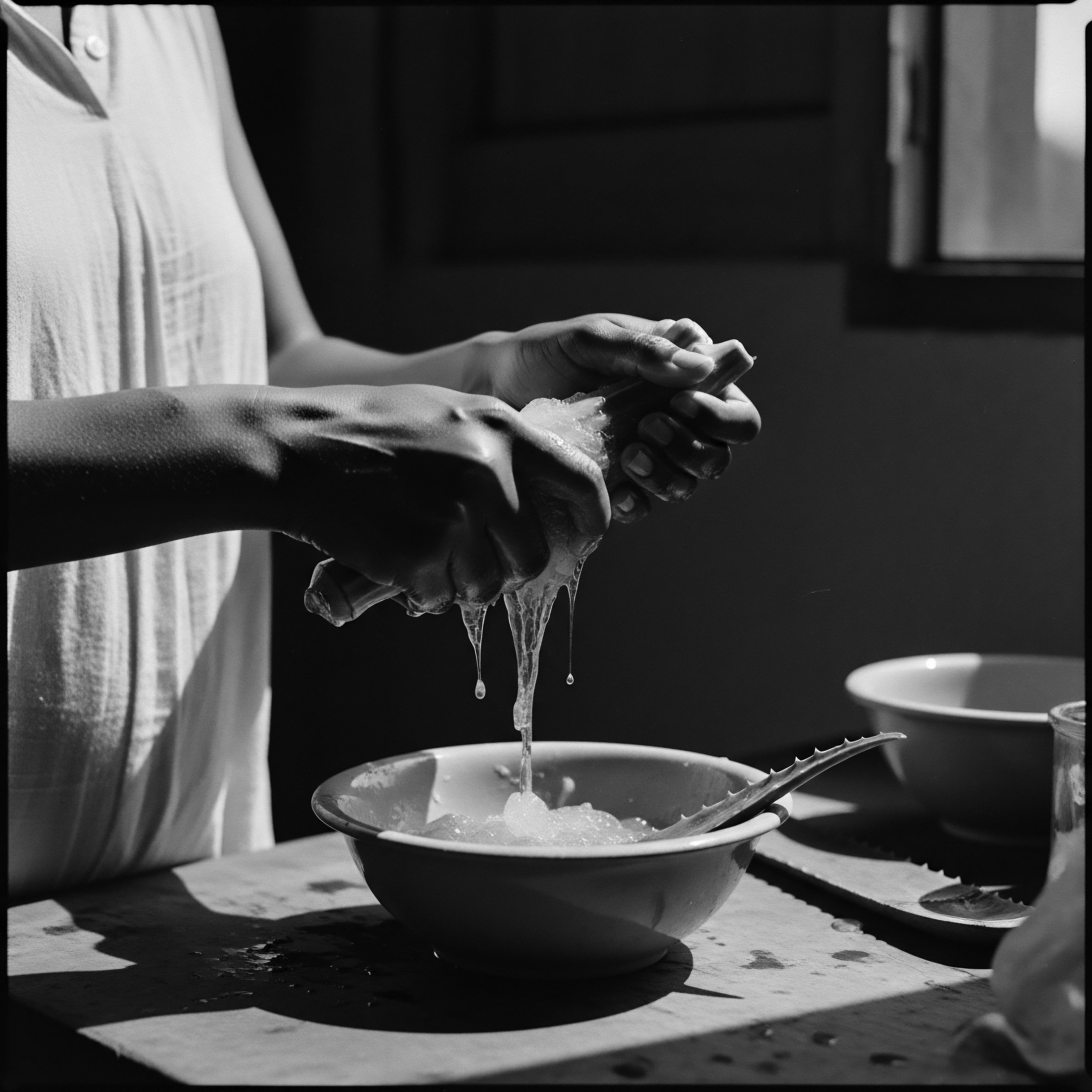
Oat Extract Definition
Meaning ❉ Oat Extract Definition refers to the concentrated botanical preparation from Avena sativa, recognized for its hydrating, soothing, and fortifying properties essential for textured hair.
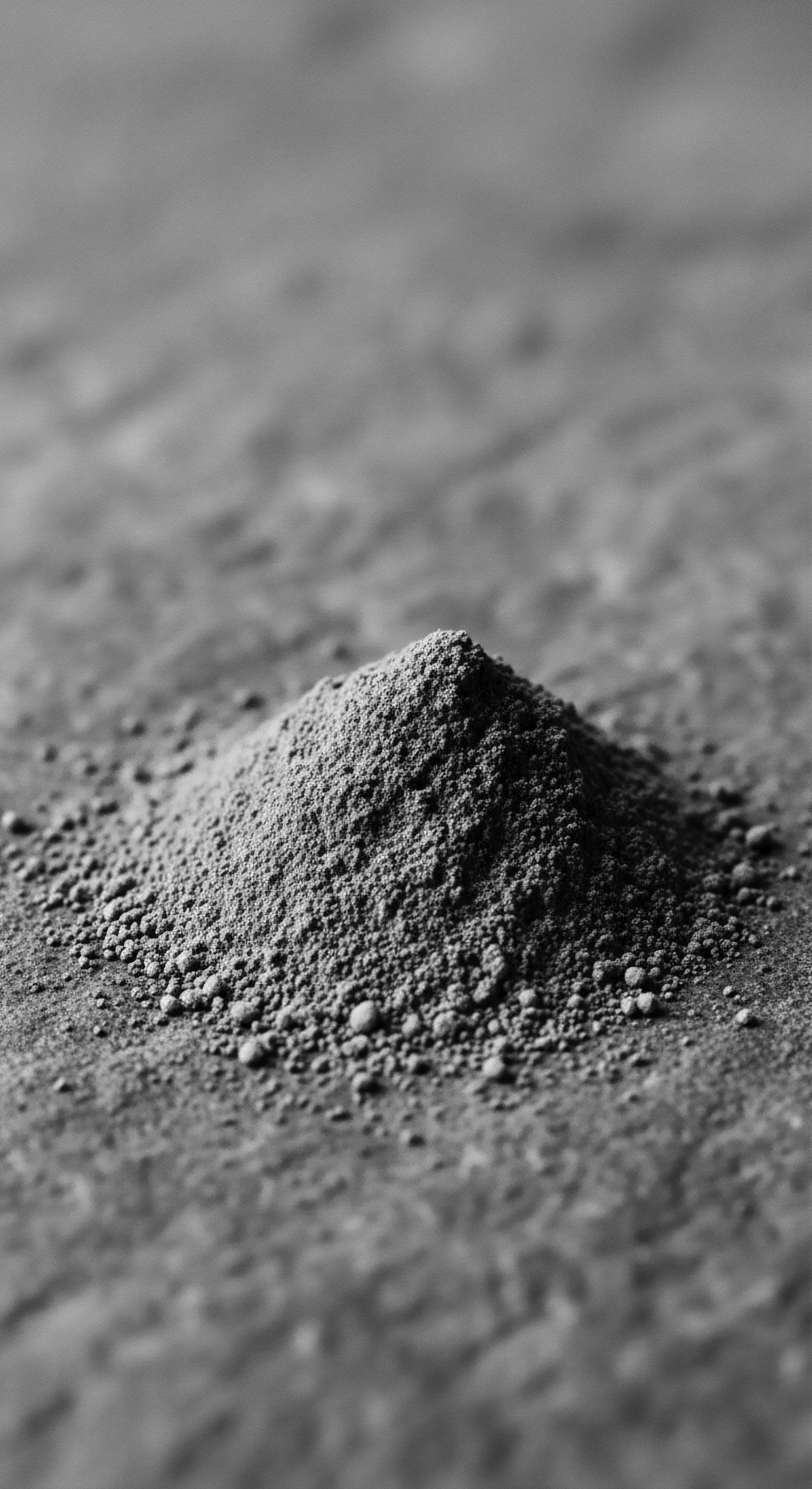
What historical hair practices employed desert botanicals for textured hair?
Historical hair practices for textured hair employed desert botanicals such as aloe vera, jojoba, and date palm to hydrate and protect strands.
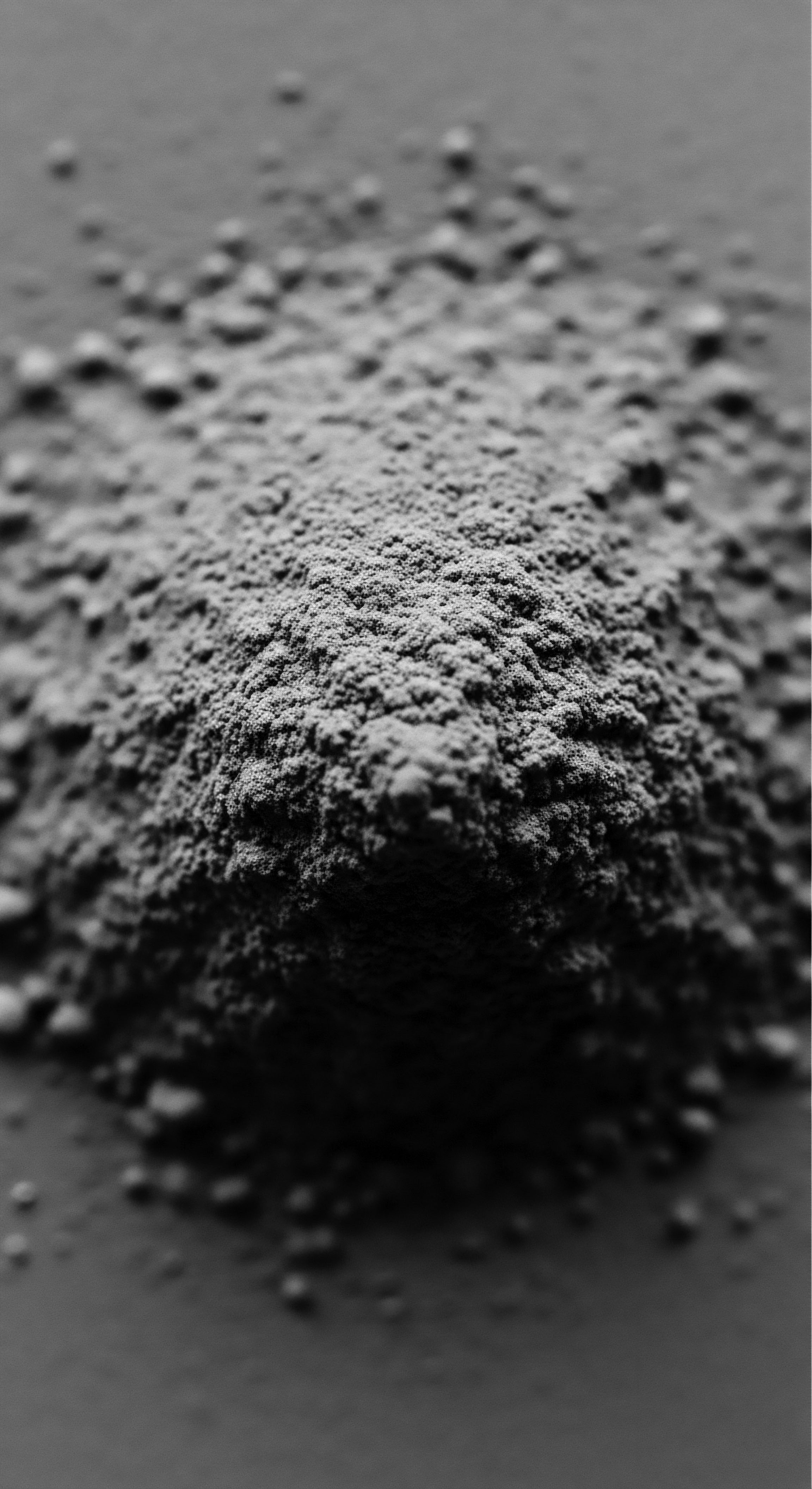
Root Crop Care
Meaning ❉ Root Crop Care defines the time-honored practice of using plant roots for holistic hair and scalp nourishment, deeply rooted in ancestral traditions.
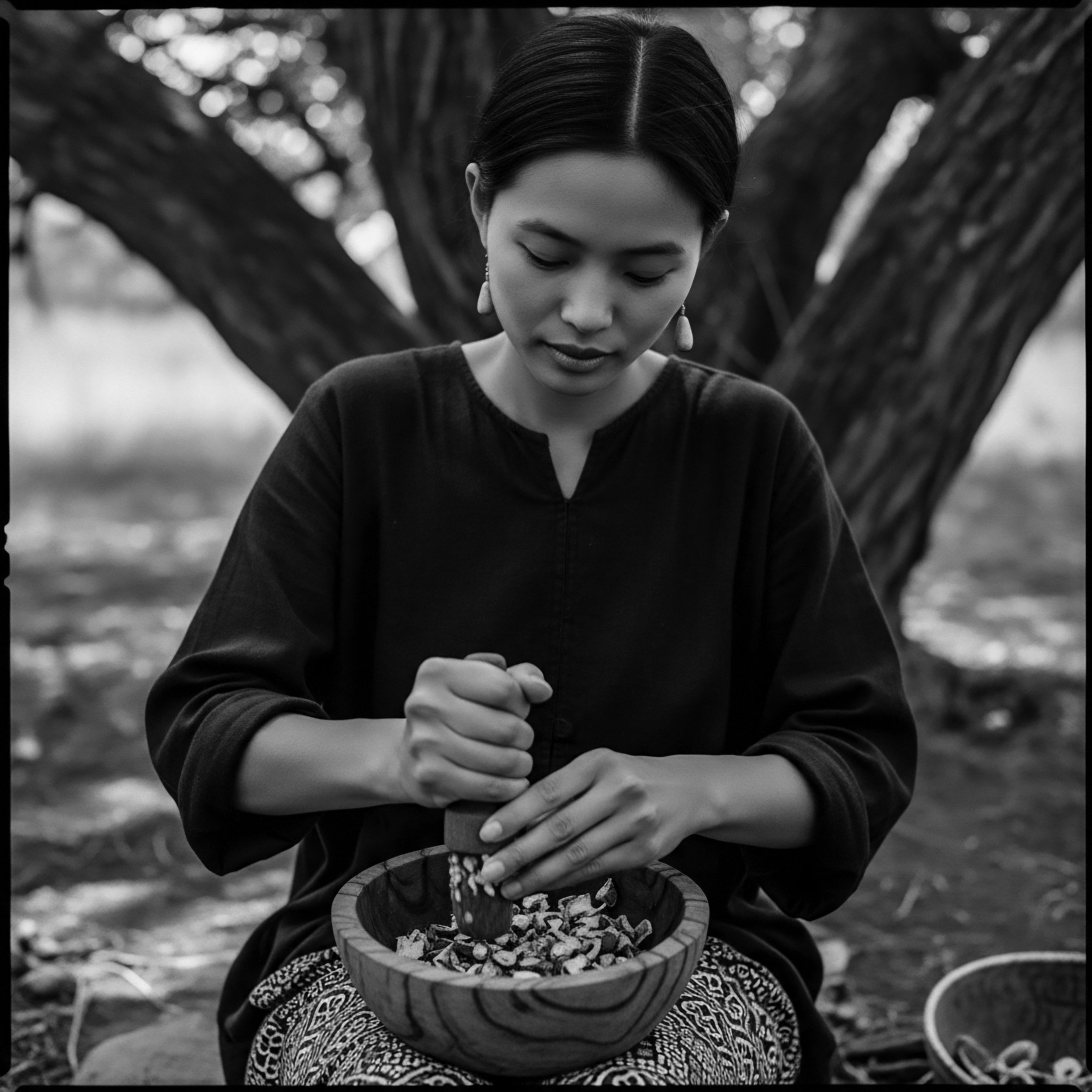
How did ancient African traditions care for textured hair with plants?
Ancient African traditions cared for textured hair with indigenous plants, deeply intertwining botanical nourishment with heritage and cultural identity.
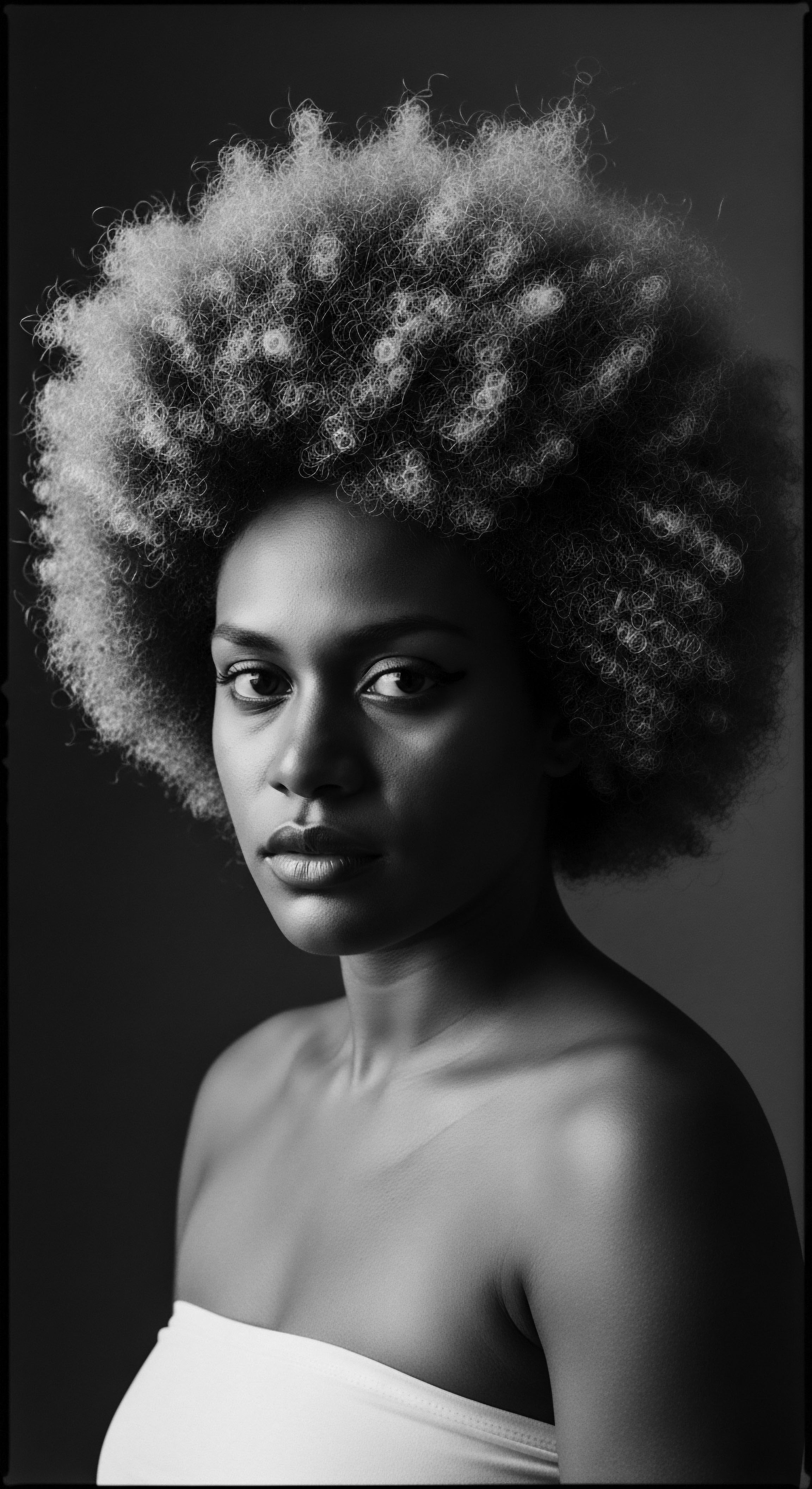
Can traditional remedies improve modern textured hair health and vitality?
Traditional remedies, rooted in ancestral knowledge of botanicals and holistic care, profoundly enhance modern textured hair health and vitality.

How does moringa oil benefit textured hair?
Moringa oil benefits textured hair by deeply moisturizing, strengthening strands, and soothing the scalp, echoing ancient traditions of natural hair care.
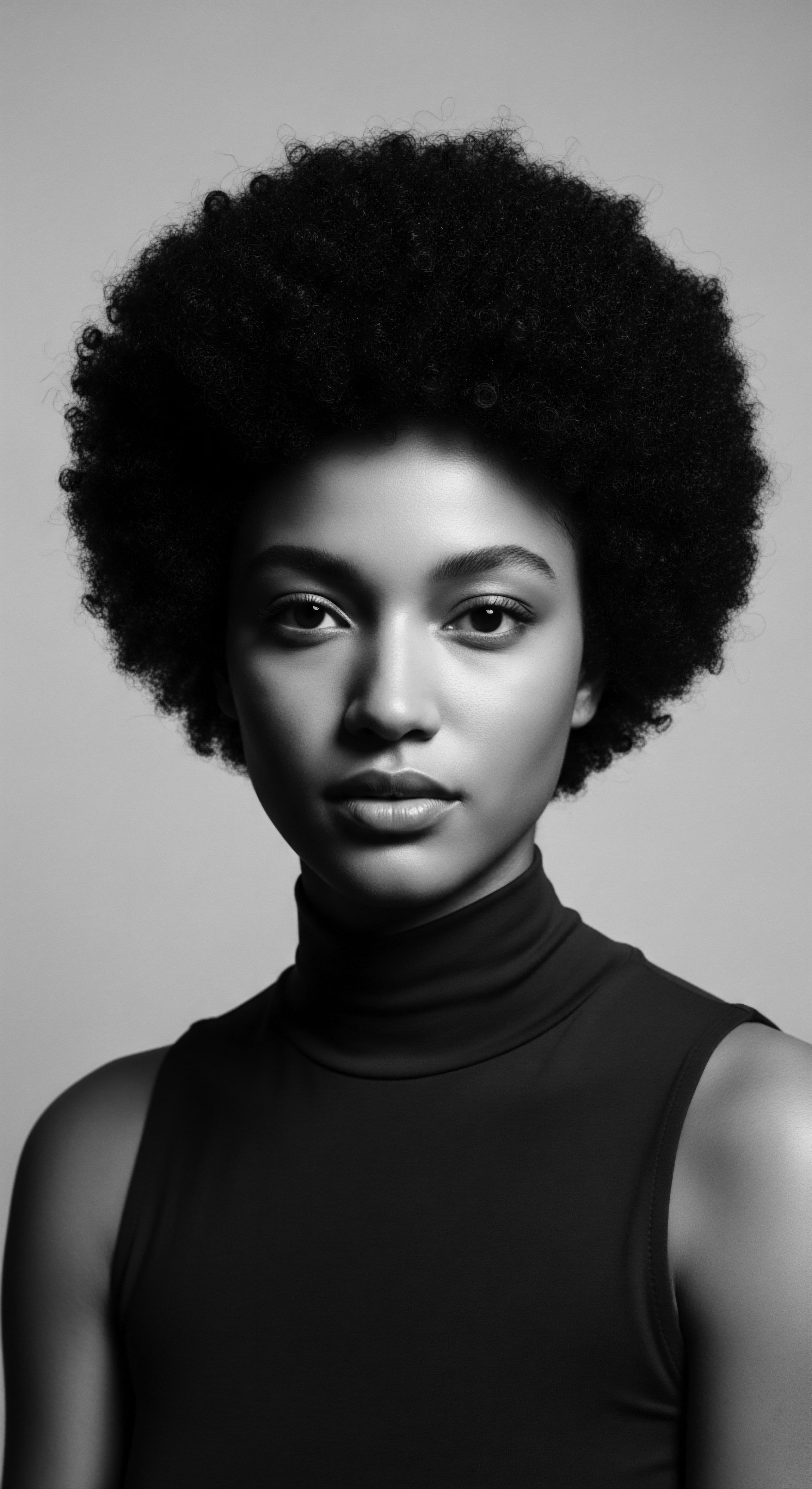
Ethnobotanical Hair Remedies
Meaning ❉ Ethnobotanical Hair Remedies explore how diverse cultures historically utilized plants for hair care, deeply connecting to heritage and identity.
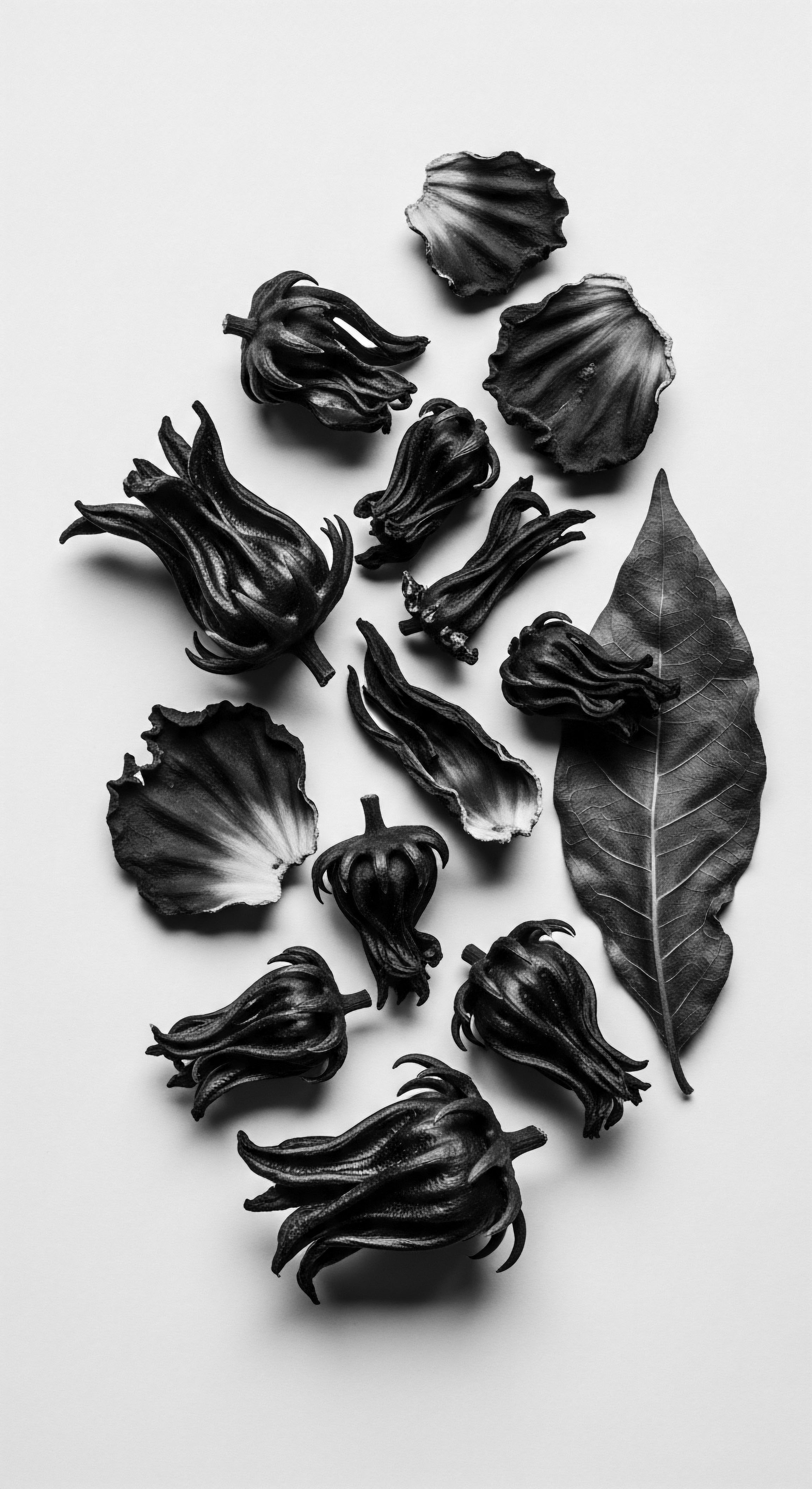
Olive Oil Traditions
Meaning ❉ Olive Oil Traditions signify the historical and cultural practices of using olive oil for hair, particularly for textured strands, rooted in ancestral wisdom and natural care.

